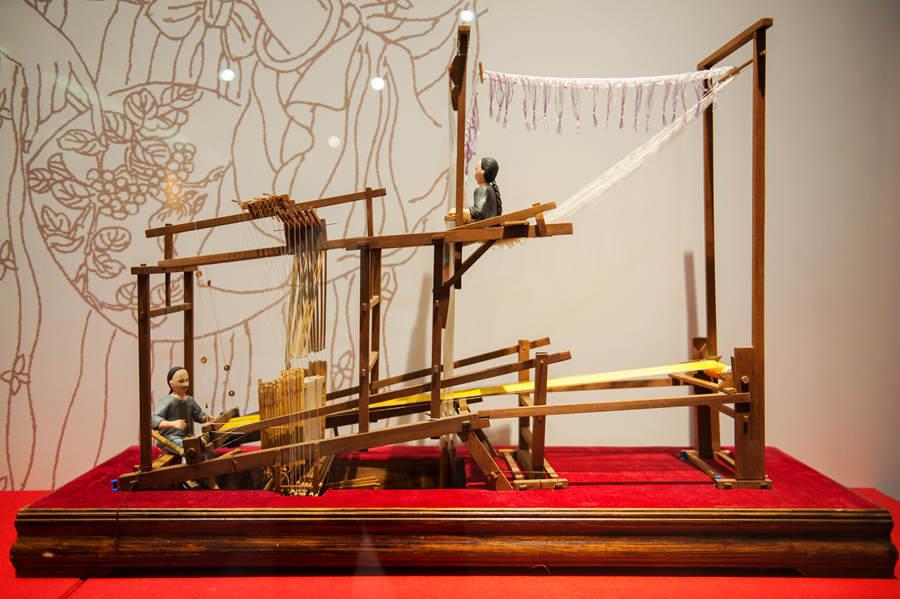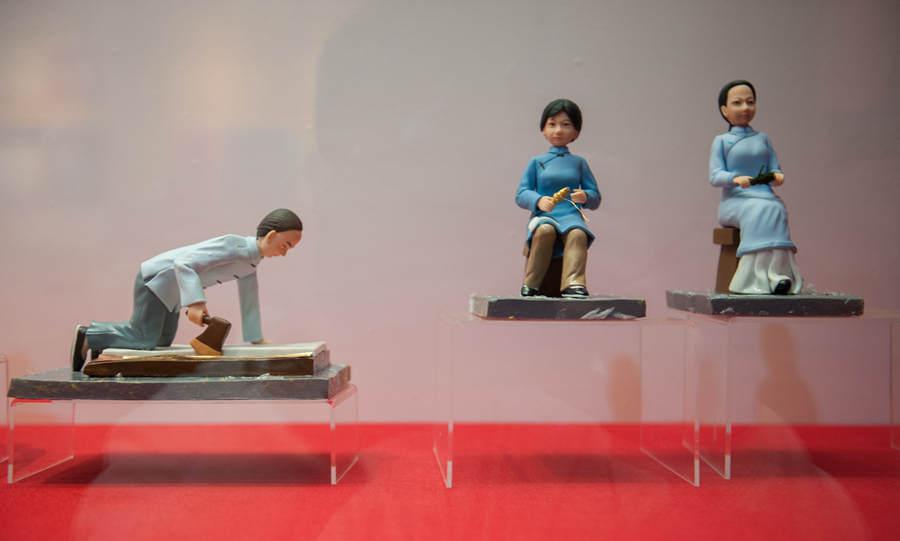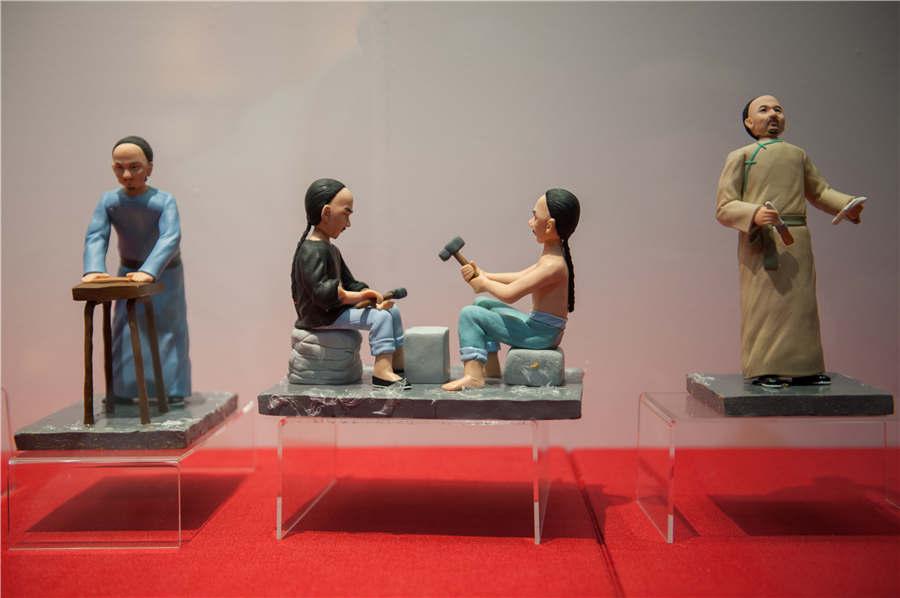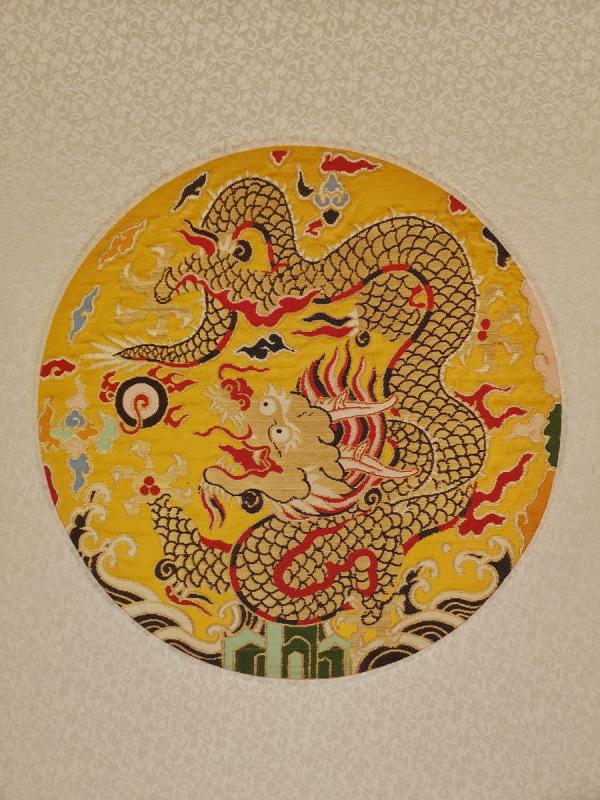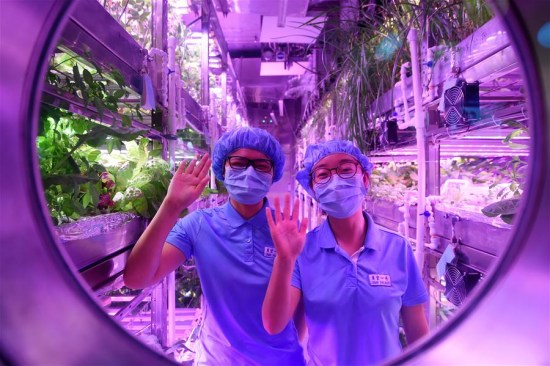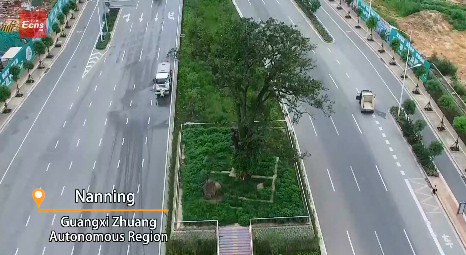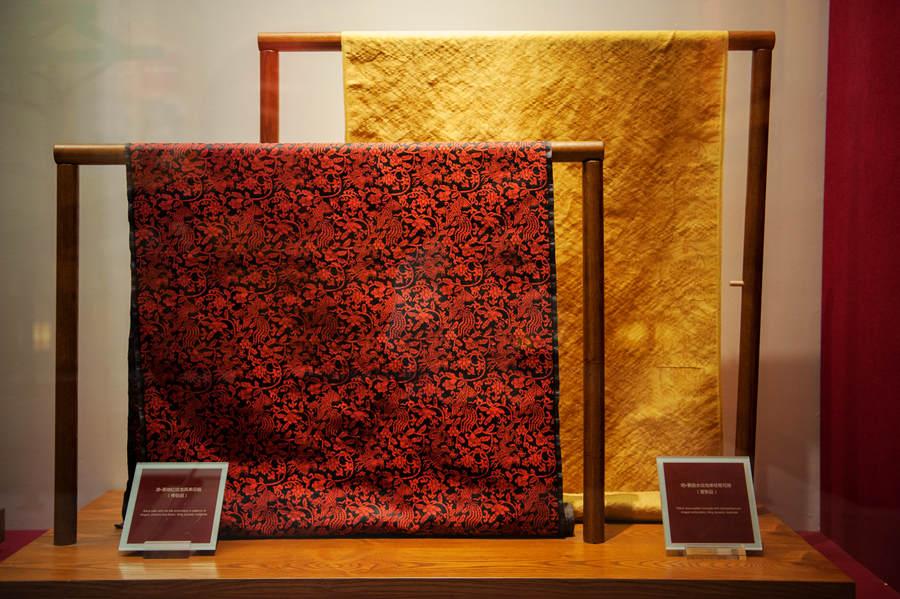
A Qing Dynasty (1644-1911) black satin with red silk embroidery in patterns of dragon, phoenix and flower. (Photo provided to chinadaily.com.cn)
Boasting a history of more than 1,600 years, the Nanjing yunjin brocade is considered the most extravagant silk fabric worn by emperors in ancient times. Its Chinese name yunjin literally refers to the cloud-like splendor of the fabrics.
The Nanjing Yunjin Museum, located in the eastern Chinese city of Nanjing, is dedicated to preserving the age-old weaving technique and creating a platform to promote textile exchanges in and outside China. The museum showcases fabrics, royal robes from Ming (1368-1644) and Qing (1644-1911) dynasties, replicas of the ancient fabrics, as well as techniques of the time-honored weaving art.
The craftsmanship of yunjin brocade was included on the UNESCO's Intangible Cultural Heritage List in 2009.
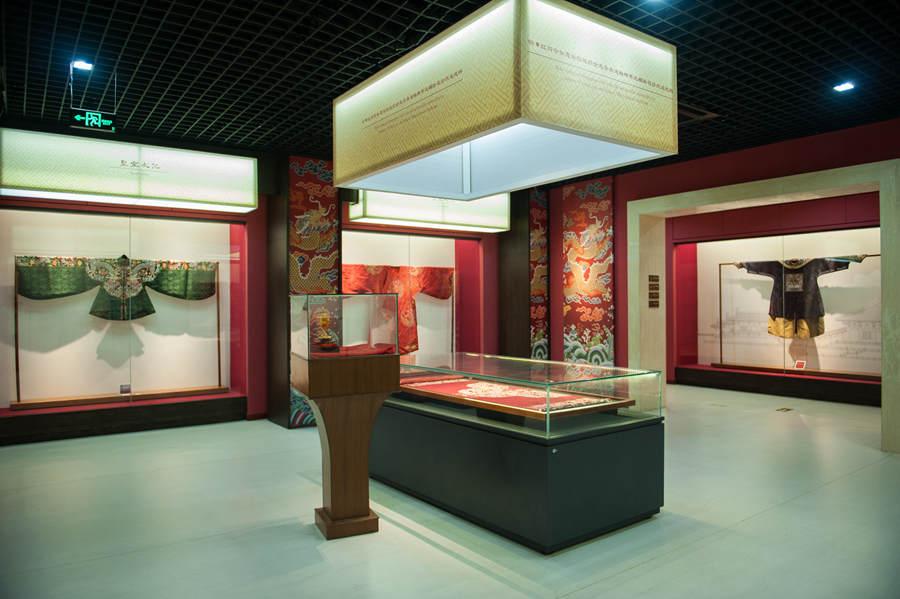
Yunjin robes from Ming and Qing dynasties on display at the Nanjing Yunjin Museum on May 21, 2018. (Photo provided to chinadaily.com.cn)
In the museum's operation room stands 12 traditional looms for production and demonstration use. Two craftspeople operate the upper and lower parts of each loom to produce textiles incorporating fine materials such as silk, gold and peacock feather yarn. The method comprises more than 100 procedures, including manufacturing looms, drafting patterns and the many stages of weaving itself.
The technique was once used to produce royal garments such as the dragon robe and crown costume. Today, it's widely used to make high-end attire and souvenirs.
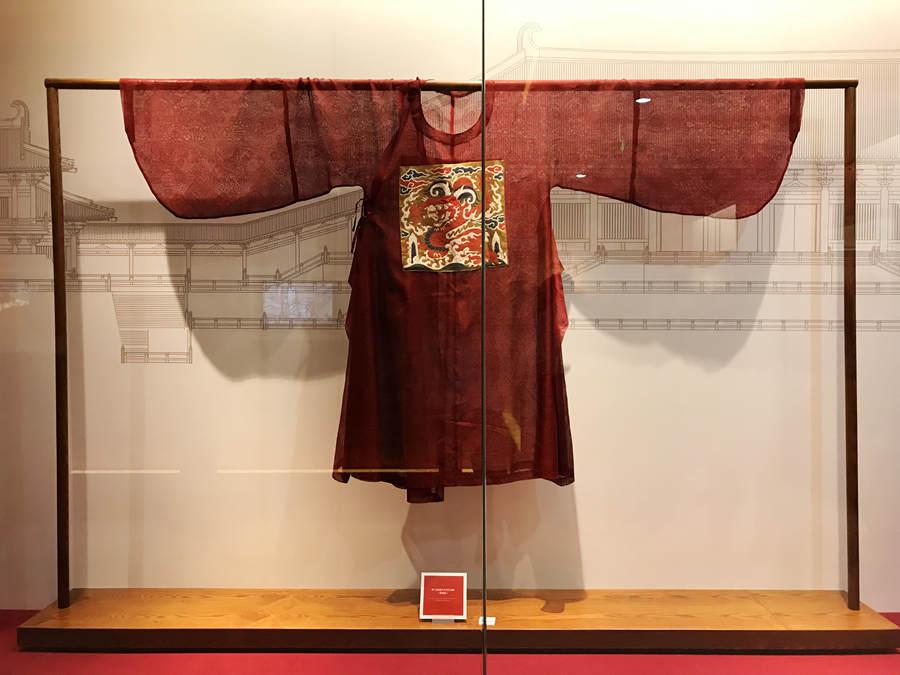
Replica of a Ming Dynasty yunjin robe on display on May 21, 2018.(Photo provided to chinadaily.com.cn)
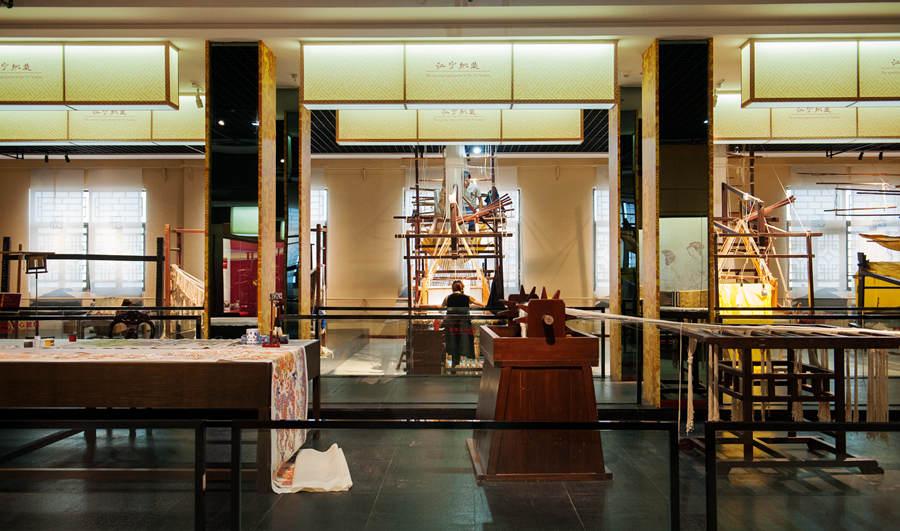
Two workers operate a loom to create yunjin brocade on May 21, 2018. (Photo provided to chinadaily.com.cn)
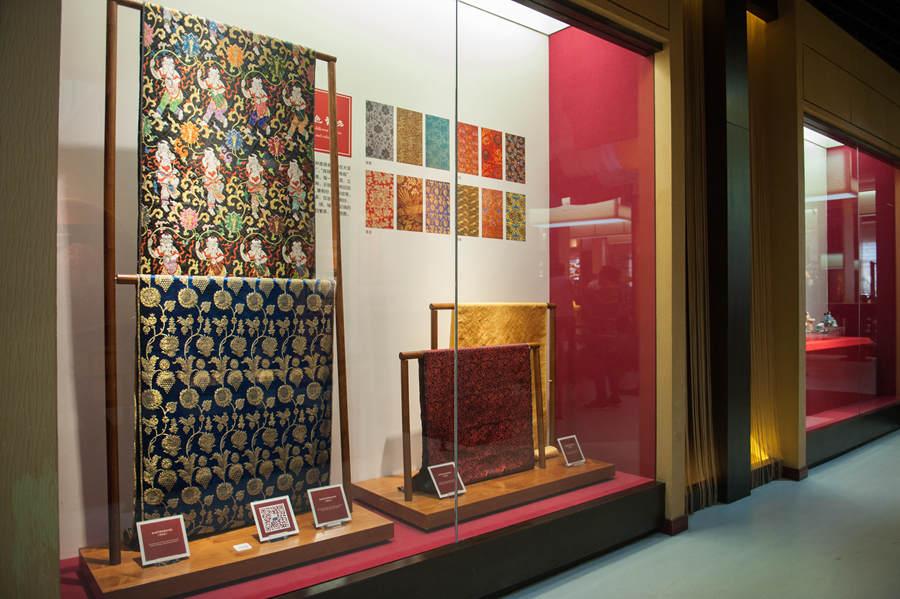
Different colors and patterns of yunjin brocade on display on May 21, 2018. (Photo provided to chinadaily.com.cn)






